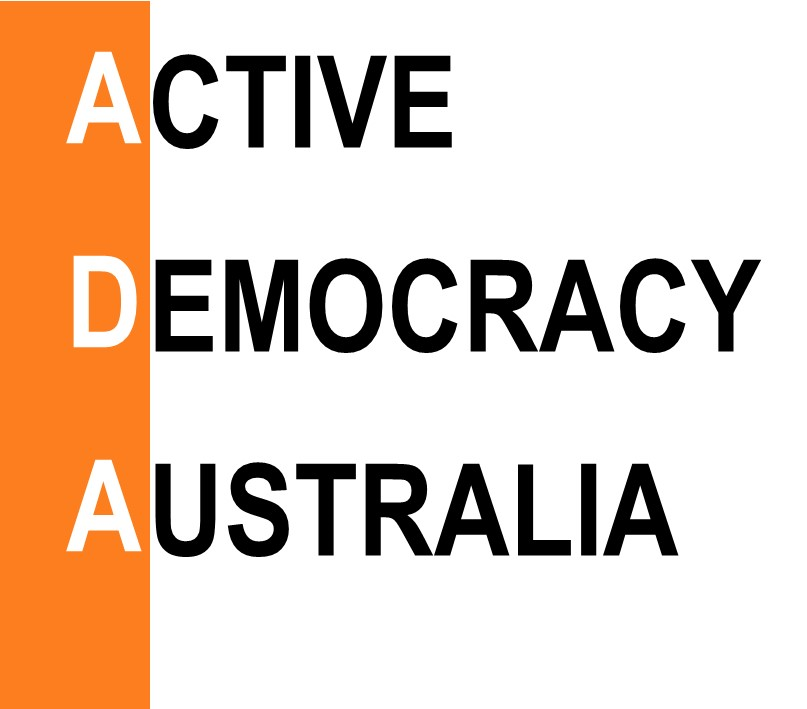Setting up a governance and decision-making structure
Decision-making can be more, or less, participatory in your group. While it may seem a good idea to have all your members or participants involved in all decision-making, the following are a few words of caution. Firstly, they can never be involved in all decision-making, because every task beyond the most simple ones involves a range of decisions, and it would be completely impractical to have everyone involved in deliberating and deciding on each of these decisions. Secondly, good decision-making takes time and effort, and needs to be properly informed, and many participants would rather use their limited time to get on with a particular task than spend it deliberating on decisions across the organisation.
So a middle course is suggested, one that elects a committee or leadership group to be responsible for decisions beyond the most important ones, and to oversee the group’s routine work, while the group’s major goals and actions can be deliberated and decided on periodically by all participants who wish to be involved. As well, tasks or task areas can be assigned to individuals or to working or task groups with a fair degree of autonomy to decide how their tasks are done.
As well, the group will be more harmonious and united if it doesn’t just settle for simple majorities in its decision-making. It should try and reach decisions that the great majority of those involved in the decision either agree with or can live with. Otherwise they may be anger, splits and disaffected minorities, and the morale and effectiveness of the whole group can suffer. If you become an incorporated association, and adopt the model rules for such associations, you will need to abide by these rules, but this won’t stop you adopting the governance and decision-making approaches just recommended.
Connect
